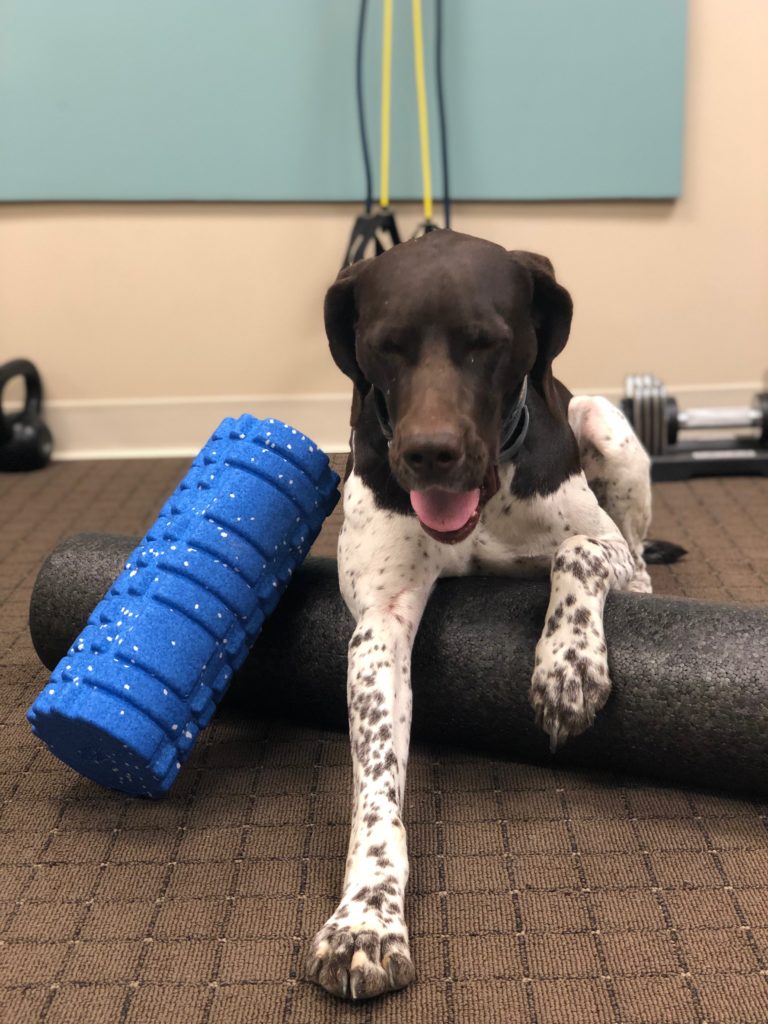
By now you have most likely seen or heard of people foam rolling. Whether it was at your local fitness center, in pictures or videos. What the heck is it though? Why are people doing it? Why does it hurt so good and does it really help? You’ve got questions, we’ve got answers. We’ve also got some tips and tricks for you as well! So, stick around, give this a quick read, and enjoy.
Table of Contents
Why foam roll?
Many people foam roll, but why. What is the purpose of it and is it worth it? Foam rolling has been shown to increase mobility/flexibility, decrease delayed onset of muscle soreness as well as fatigue after workouts, and in some cases even improve strength output during a workout. Because of this, foam rolling is a great routine to get into doing before a workout. It’s safe to say that having increased mobility, increased flexibility and reduced fatigue can lead to not only better performance in the gym, but also better form, efficiency, and a decreased likelihood of injury. So, you’re not wasting your time if you are already partaking in this ‘hurt so good’ activity. And, if you’re not on board yet, maybe it is time to hop on the foam rolling train.
How does foam rolling work?
To understand how foam rolling works, we need to understand the anatomy of muscle. First off, muscles are covered in a sheath of collagenous material called fascia. This fascia attaches, stabilizes, encloses and separates muscles. The fascia determines the muscles extensibility and resiliency. It helps to transmit mechanical tension generated by the muscles and reduces the friction of muscular forces. Fascia becomes clinically significant when it becomes to tense or taught and can even become inflamed leading to different types of fasciitis, fibrosis, and compartment syndromes like carpal tunnel.
The fascia becomes problematic when it is too tense/rigid or too malleable. So, we need the right mix of both. To get this mix we need to move the fascia, allowing the fascia as well as the muscles to separate, relax and move. We can do this effectively by foam rolling!
How to foam roll
Foam rolling is quite simple but the biggest mistake some people make is that they focus on rolling ligaments like the IT Band that are thick and rigid and require thousands of pounds of force to actually acquire change. The focus, rather, should be on targeting specific musculature. Especially, targeting the specific muscles that your are intending to use during your exercise.
Another tip to remember is that foam rolling works best when it becomes a habit and part of your routine. Make foam rolling an integral part of you daily exercise routine and you will reap the benefits. You don’t brush your teeth once a month (and we all thank you for that), why only take care of your muscles and fascia when they hurt? Be proactive rather than reactive. Your body will thank you.
Enough chit-chat. Show me how!
Ok! Ok! Below you are going to find a variety of lower body foam rolling techniques that I suggest using prior to lower body exercise, squatting and deadlifting. You can also add them in after the workout is done to minimize DOMS!
Vastus Lateralis Foam Rolling
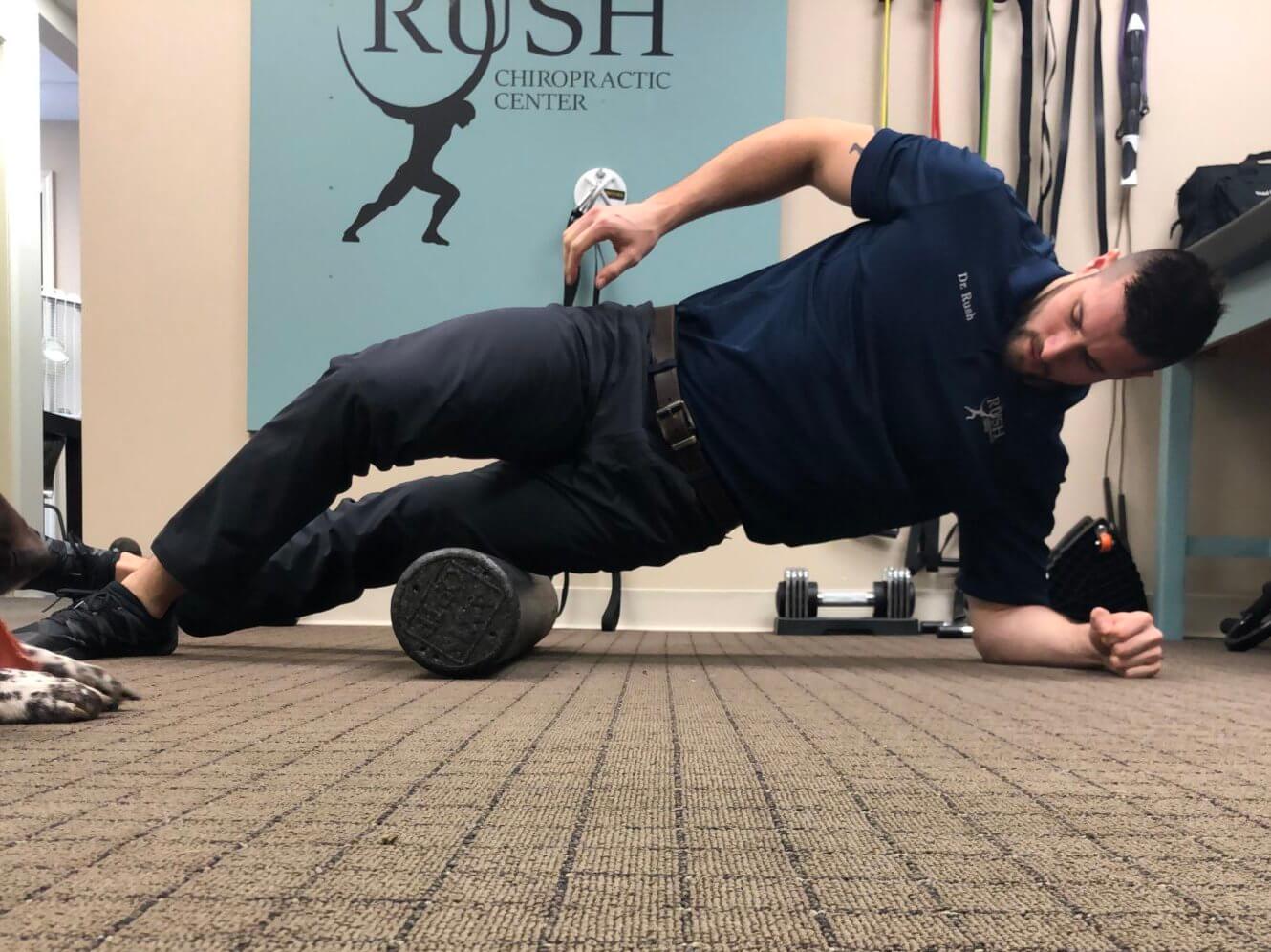
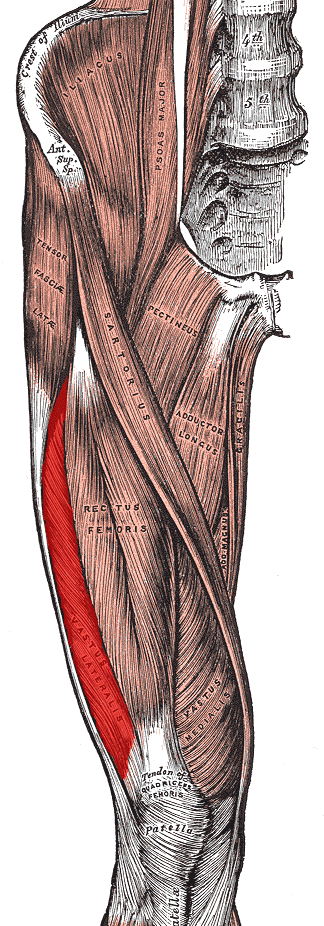
- Begin on the floor with outer thigh resting on a foam roller.
- Slide up so the roller moves down your outer thigh.
- Now, slide down so the roller moves up towards your hip.
- Feel where the tight spots are and focus more on those areas for a better release.
- Roll this area for 1-2 minutes.
- Repeat on the opposite side.
Vastus Medialis and Rectus Femoris Foam Rolling
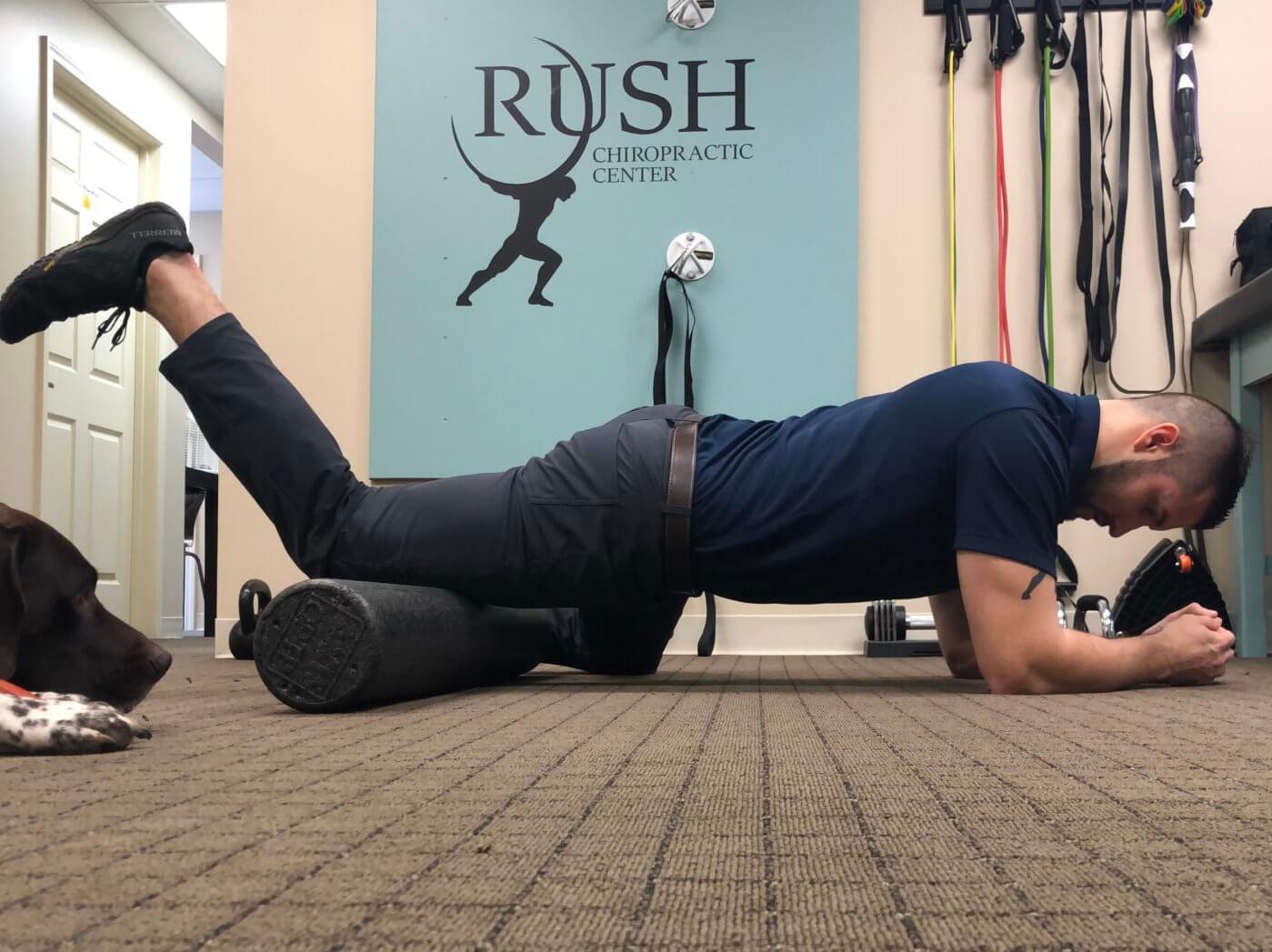
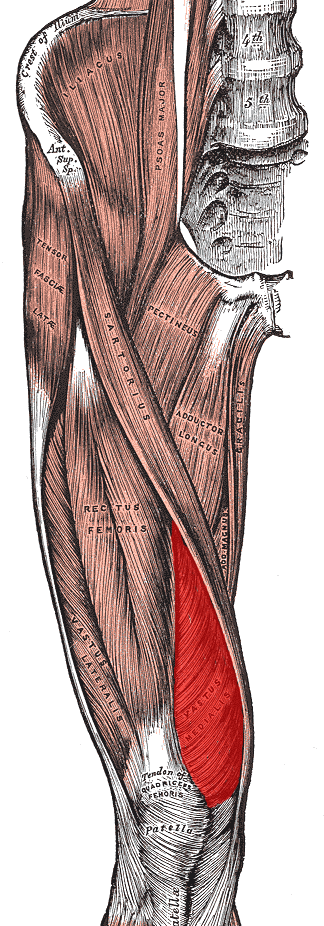
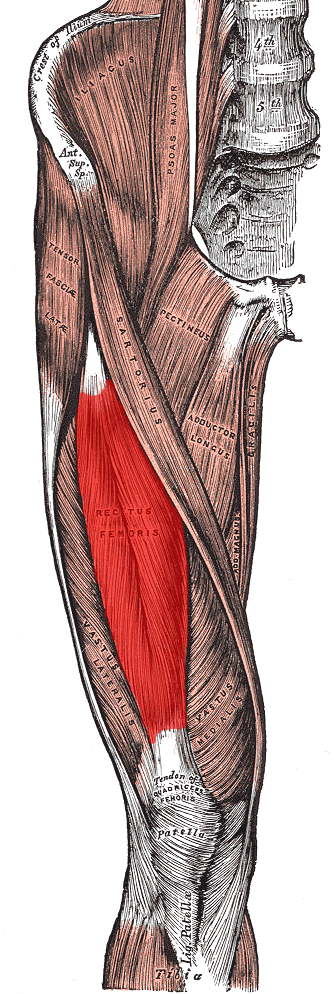
- Begin on the floor with your upper body supported on your elbows and your thighs resting across a foam roller.
- Pull your body up so the roller moves down your thighs towards your knees.
- Now slide down to the roller moves back towards your hips.
- Feel where the tight spots are and hold the pressure on those spots for a better release.
- To help release any tight spots hold pressure over the more tough and tender areas and bend your foot towards your hip.
- Roll this area for 1-2 minutes.
- Target the rectus femoris by applying pressure mainly to the front of the thigh.
- Target the vastus medialis by applying pressure mainly to the inside/medial region of the front of the thigh.
- Repeat on the opposite.
Hamstring Foam Rolling
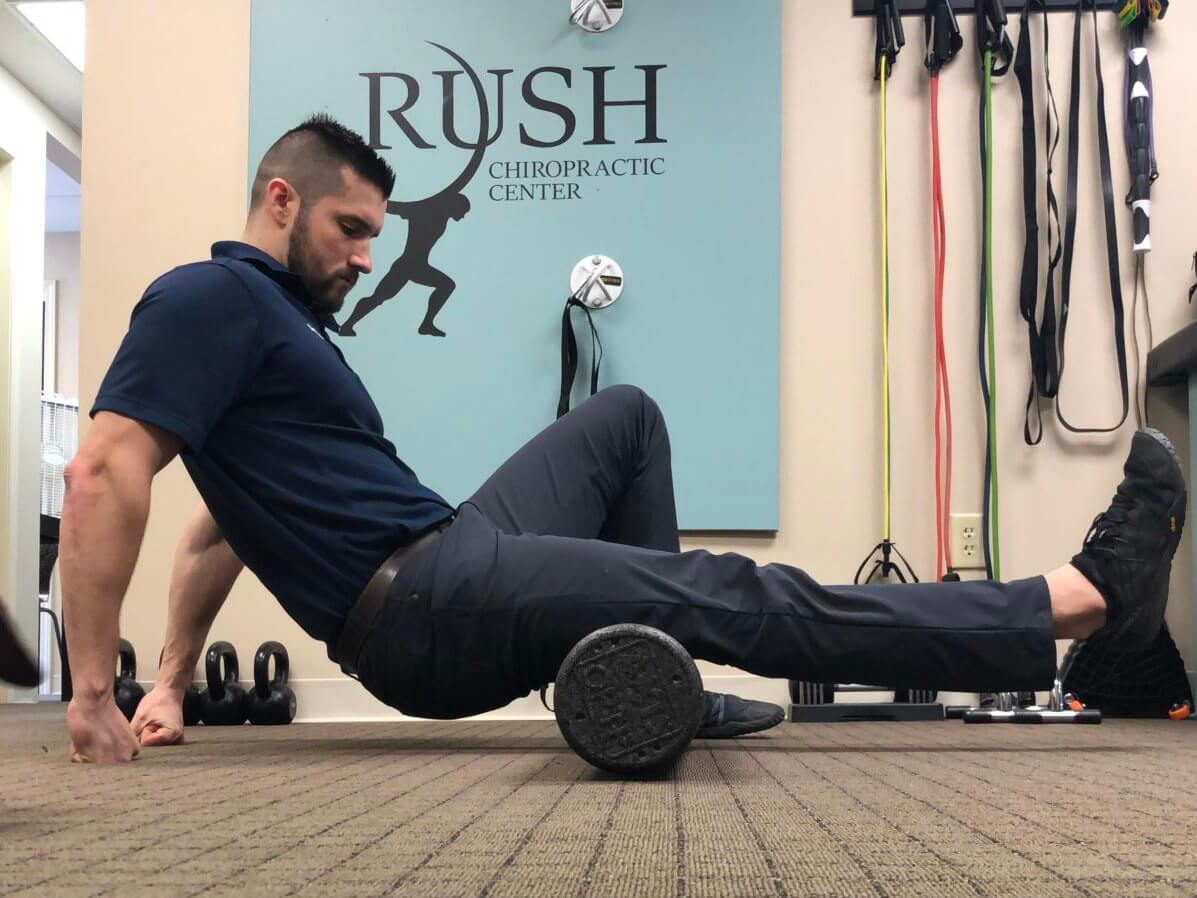
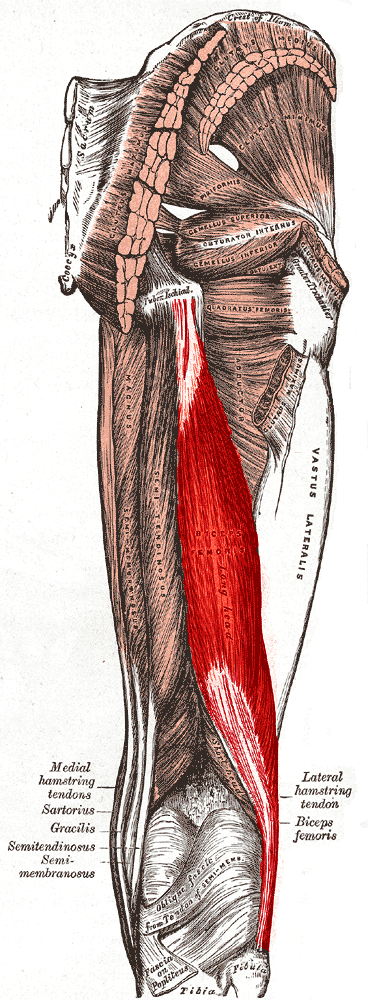
- Begin seated on the floor with the backside of you upper leg resting across a foam roller.
- Slide up so the roller moves down your leg towards your knee.
- Now slide down so the roller moves up your leg towards your hip.
- Feel where the tight spots are and focus more on those spots for a better release.
- Slowly move up and down over the roller for 1-2 minutes.
- You can target the medial and lateral sides of the hamstring muscles separately by applying pressure more towards the inside and then the outside.
- Repeat on the opposite side.
Glute and Piriformis Foam Rolling
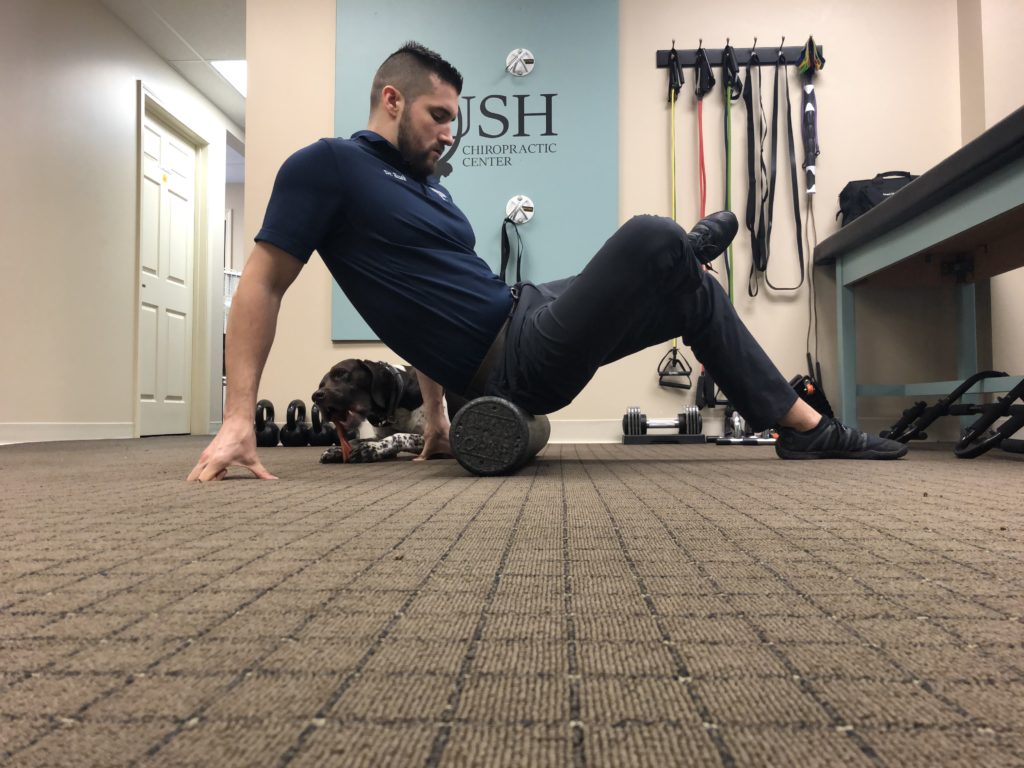

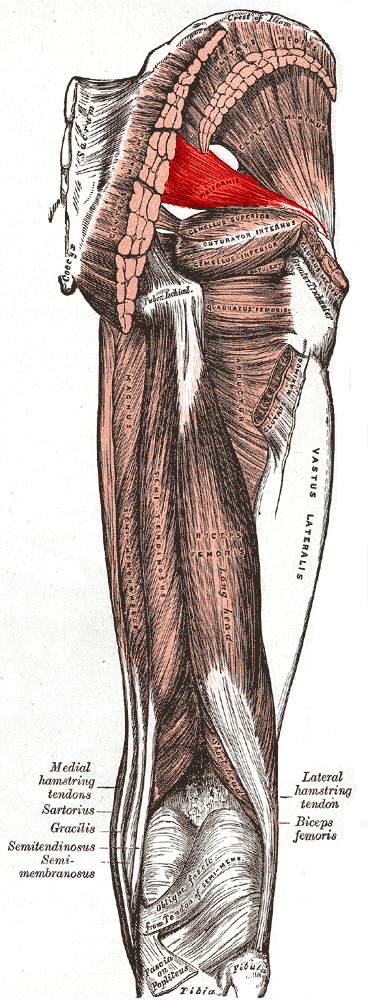
- Begin seated on the floor with the buttock of either side resting across a foam roller.
- Slide up so the roller moves down your buttock towards your hip.
- Now slide down so the roller moves up your buttock towards your lower back.
- Feel where the tight spots are and focus more on those spots for a better release.
- Slowly move up and down over the roller for 1-2 minutes.
- Repeat on the opposite side.
Calf Foam Rolling
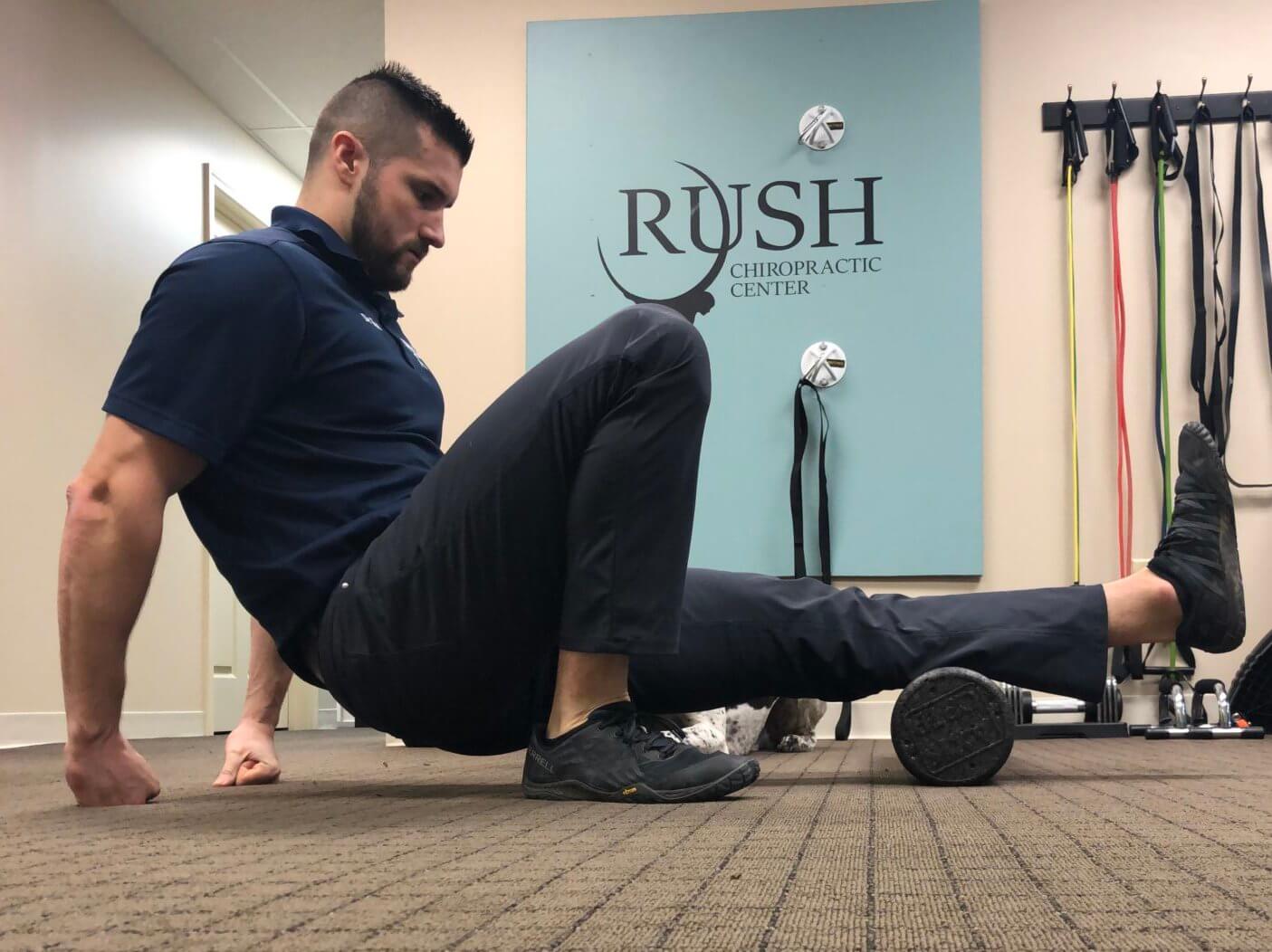

- Begin seated on the floor with your lower leg resting across a foam roller.
- Slide up so the roller moves down your leg towards your ankles.
- Now slide down so the roller moves up your leg towards your knees.
- Feel where the tight spots are and focus more on those spots for a better release.
- Slowly move up and down over the roller for 1-2 minutes.
- Repeat on opposite side.




